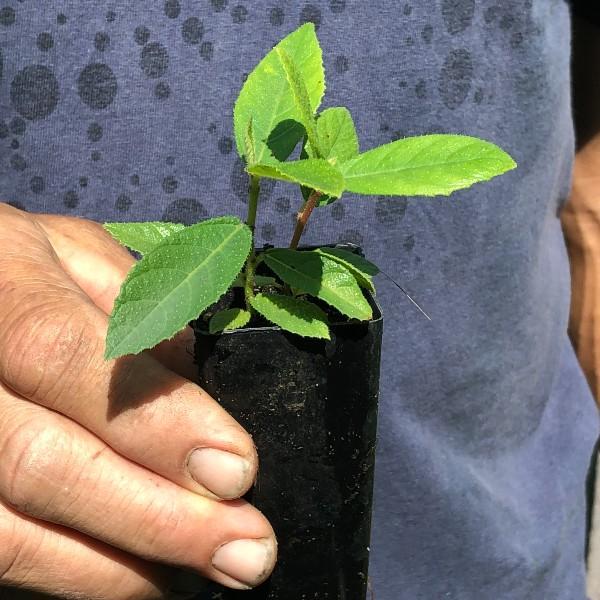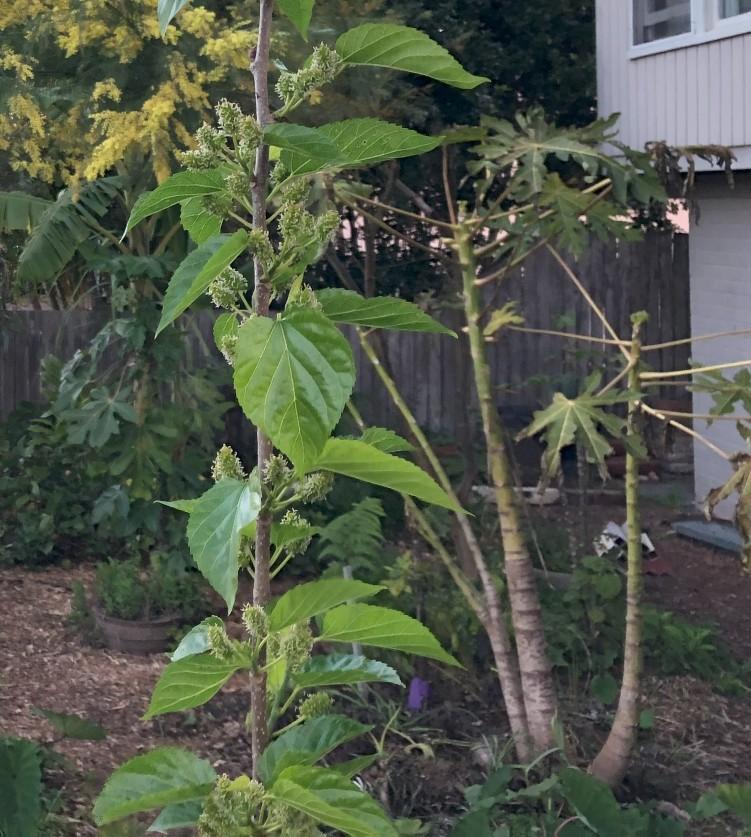The official story:
Ferny azolla is regarded as a weed but it is also a native and praised by the climate foundation as a nitrogen fixer. So plants are native, but if they grow a little bit too much, then they are a weed and somehow bad for the ecosystem while fixing the climate. What would we do without the excellent poison recommendations of various government websites? And how did the aborigines cope without the poison arsenal? Let’s start with a teaspoon of common sense:
Grow your own fertilizer or chicken food:
While I myself grow azolla without any special method, just a little plastic pond, sunken into the ground for better looks and together with other water loving plants, I still get a very decent yield of this free fertiliser. What other uses does azolla have?
- Free food for chicken, ducks, pigs and cattle
- Aquaculture
- Mosquito control
- Rice culture
- Food for worms in wormfarming
- Human food (no thanks!)
Requirements:
Azolla thrives in temperatures around 25 C but can survive very light frosts. According to literature, azolla prefers 30-50% shade but my pond is in full sun and I found the growth rate extraordinary. The same was true for the temperature. It did not mind the hottest summer days, however the recommendations are that it likes 25 C.
It dislikes salty water. Azolla can double its size every day under favourable conditions. Azolla requires phosphate and for commercial production a layer of soil mixed with cow dung is recommended but also the application of phosphorous. The water should be at least 12 cm deep.
Azolla as a Free Fertilizer:
Azolla produces nitrogen out of the air, just like legumes, but better. Legumes needs special bacteria to help fix nitrogen, azolla has this ability ‘built in’. One hectare grown in legumes can fix 400 kg of nitrogen, one hectare of azolla 1100 kg or, in gardeners scale, 110 gr per square meter per year. This does not sound very impressive. However, if you would use the chemical fertilizer urea (46-0-0) and the recommended application rate of 60 kg/ha you would need 6 gr urea per square meter or 2.76 gr of nitrogen, that brings it into perspective. While nitrogen is essential for plant growth, too much can even kill your plants. Too much nitrogen increases the susceptibility to bacterial and fungal diseases and the ability to fruit and flower will be greatly reduced. Assuming mentioned application rate of 2.76 gr of nitrogen per square meter the production of one square meter of pond surface would suffice for a vegetable garden of around 40 square meters, of course, for nitrogen only.
Azolla also increases organic matter and contains 0.38–0.43% phosphorus, 2.5% potassium and 1.0% calcium.
I recently added this to my JLF (Jadam liquid fertilizer) bucket instead of applying it directly on plants and, after doing the maths,it seems a better idea.
Other common names:
Carolina fern, Duck fern, Duckweed fern, Fairy fern, Fairy moss, Feathered water fern, Mosquito fern, Pacific mosquito fern, Red water fern, Water velvet.




